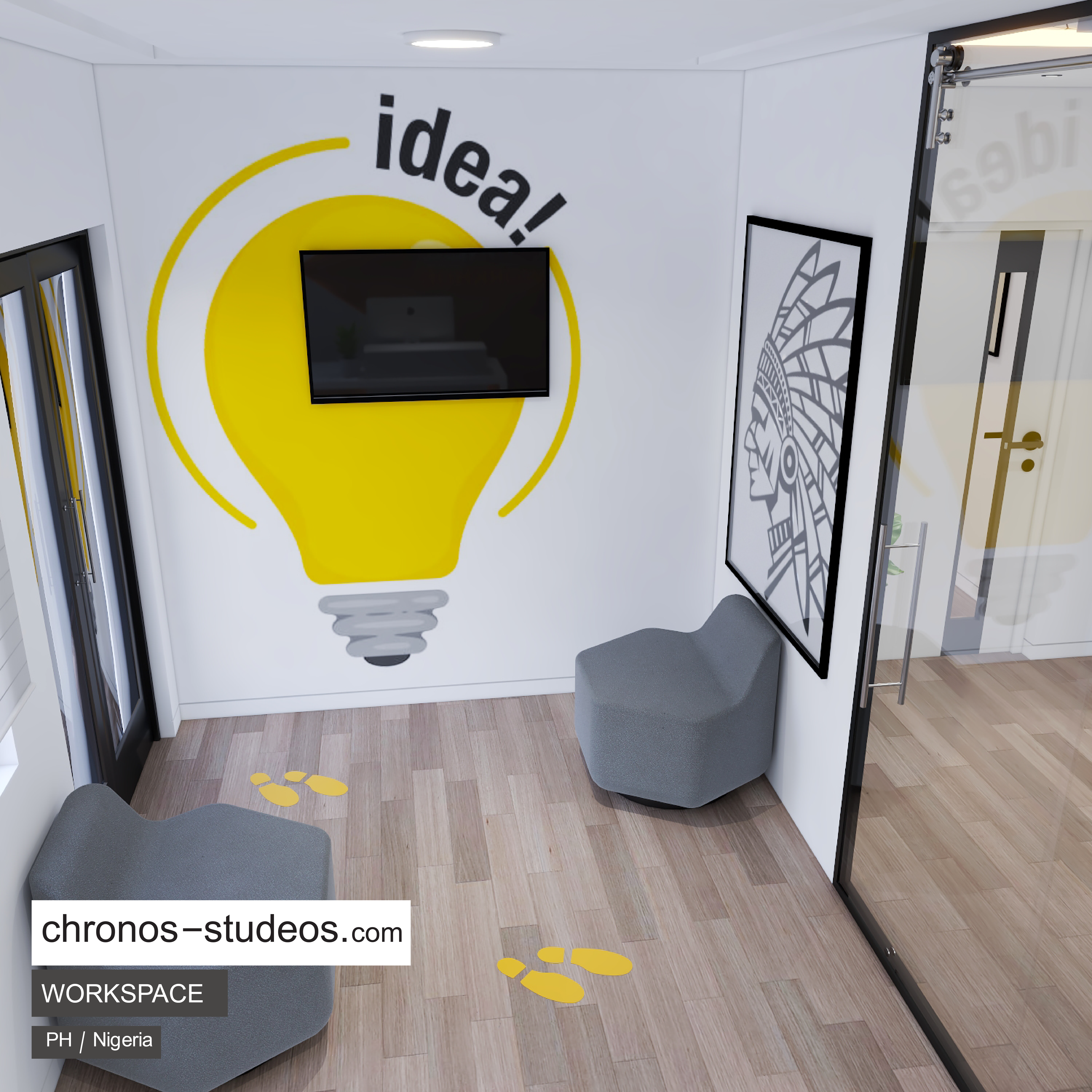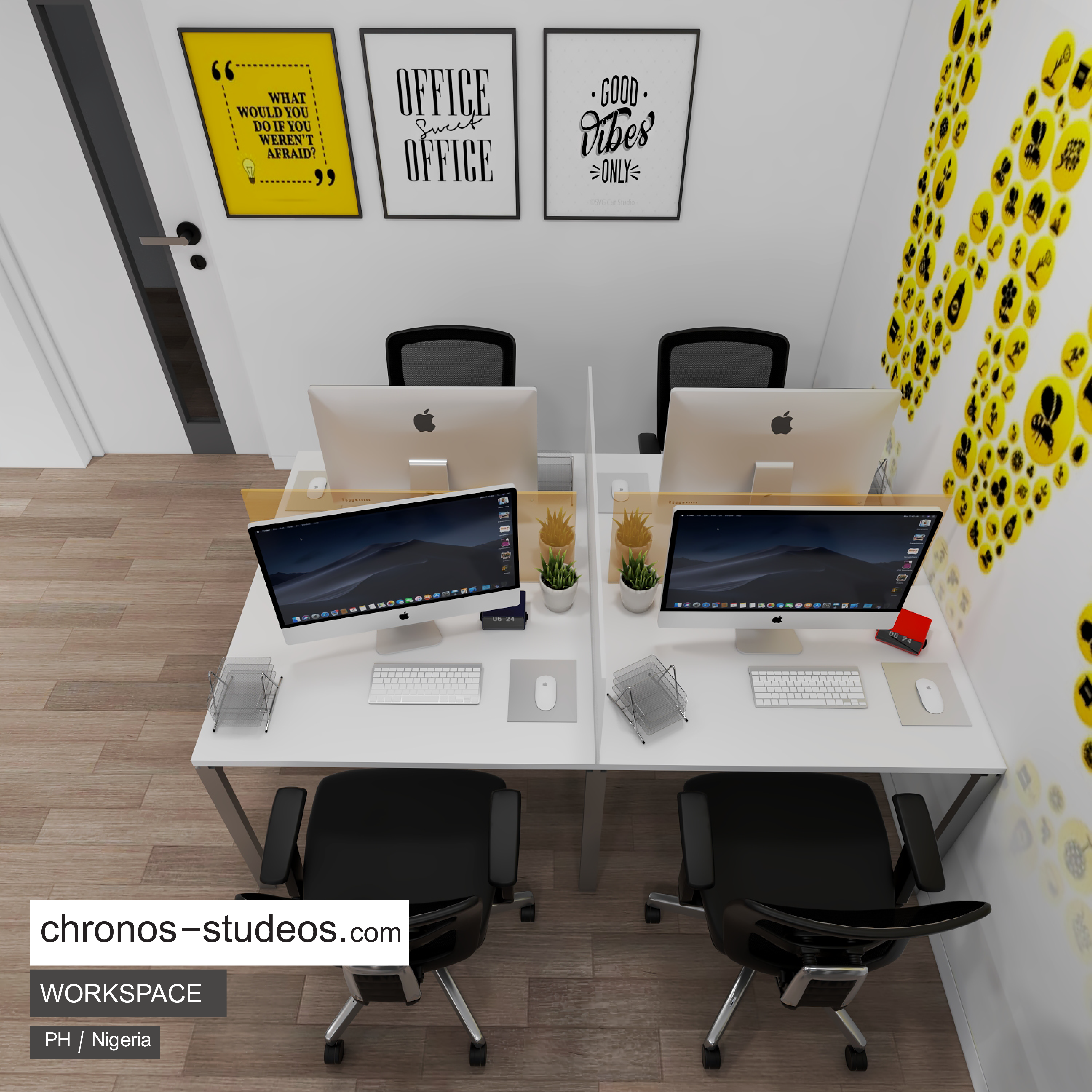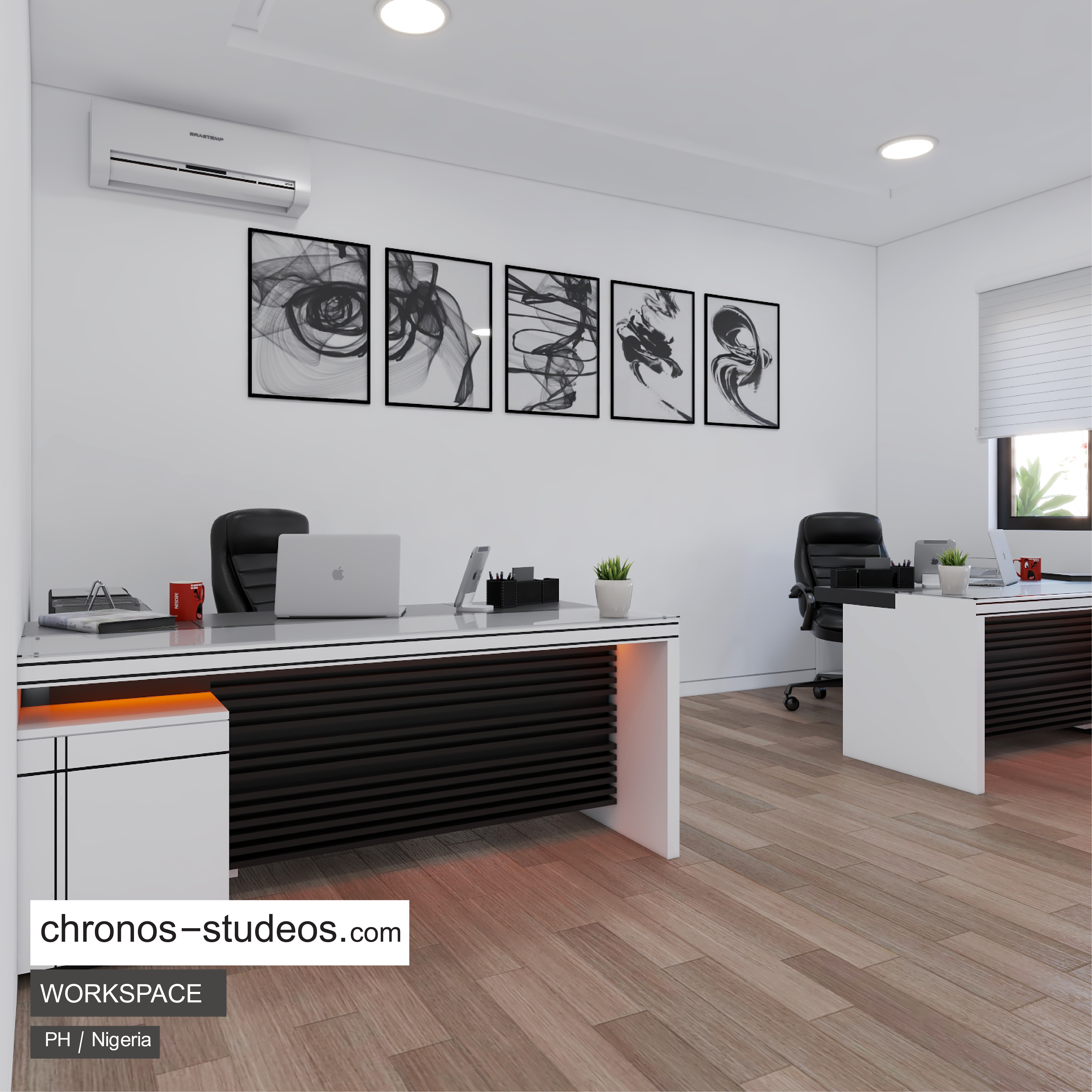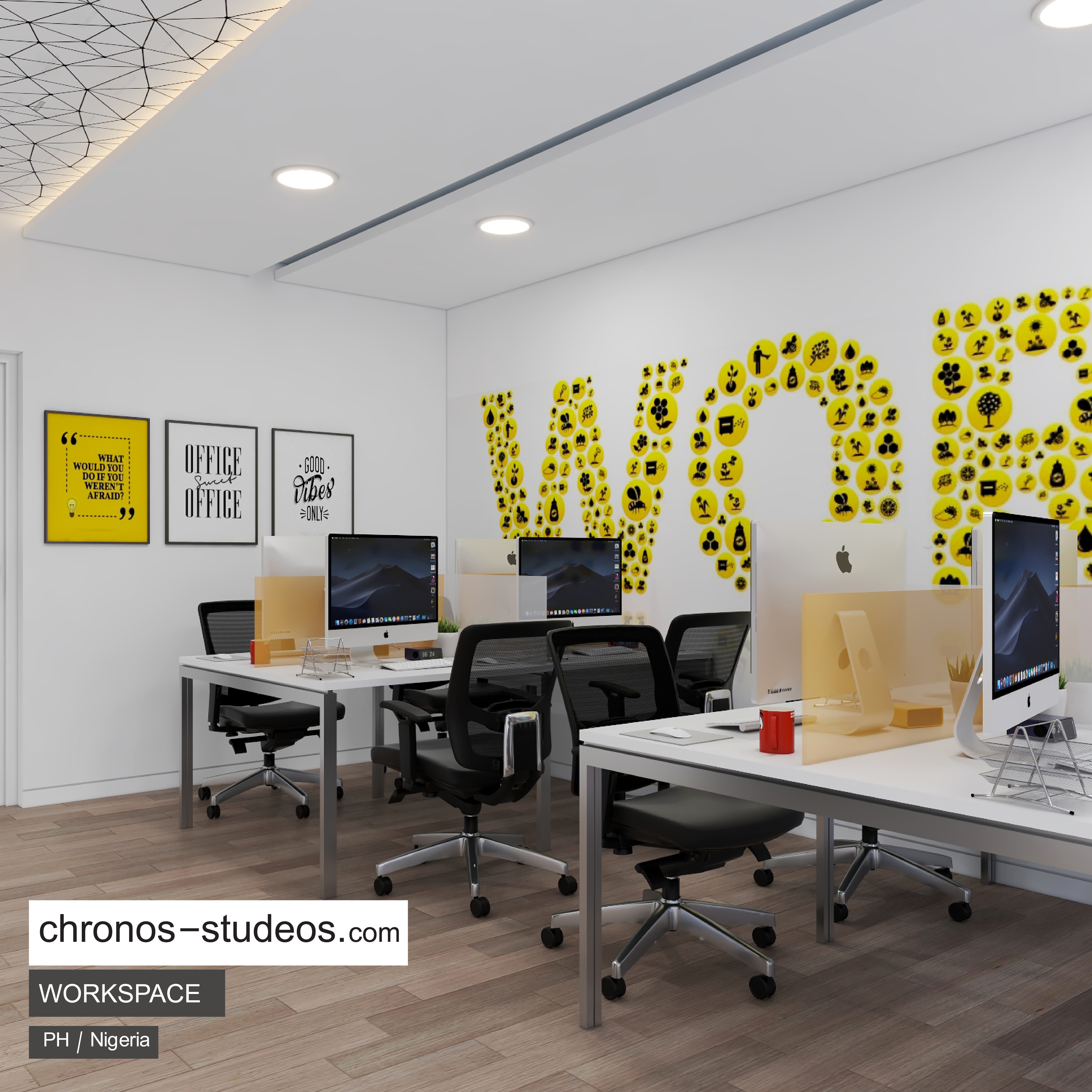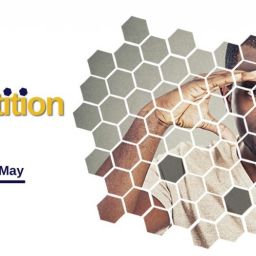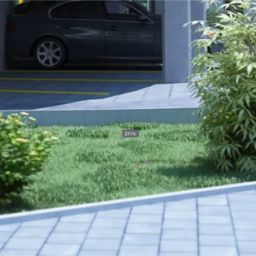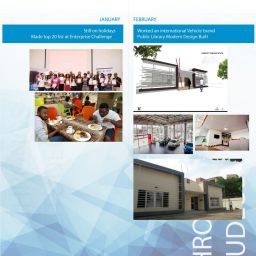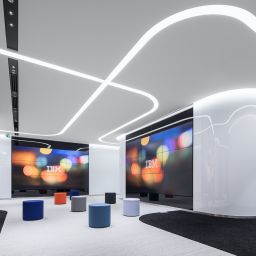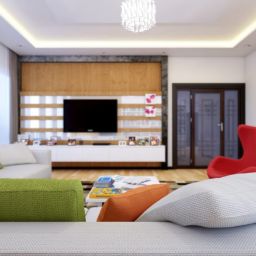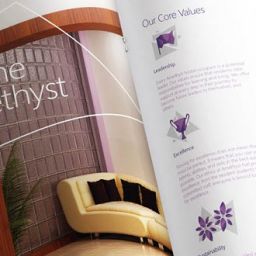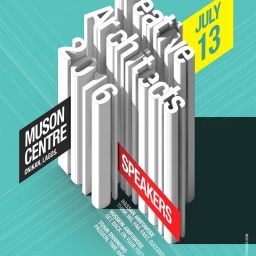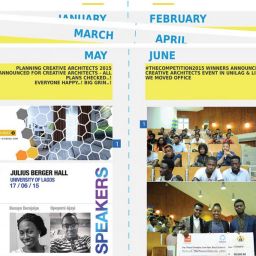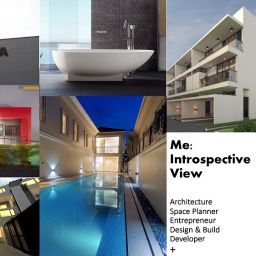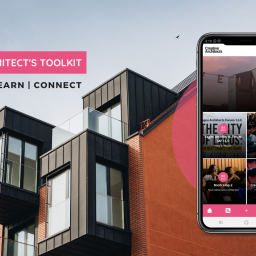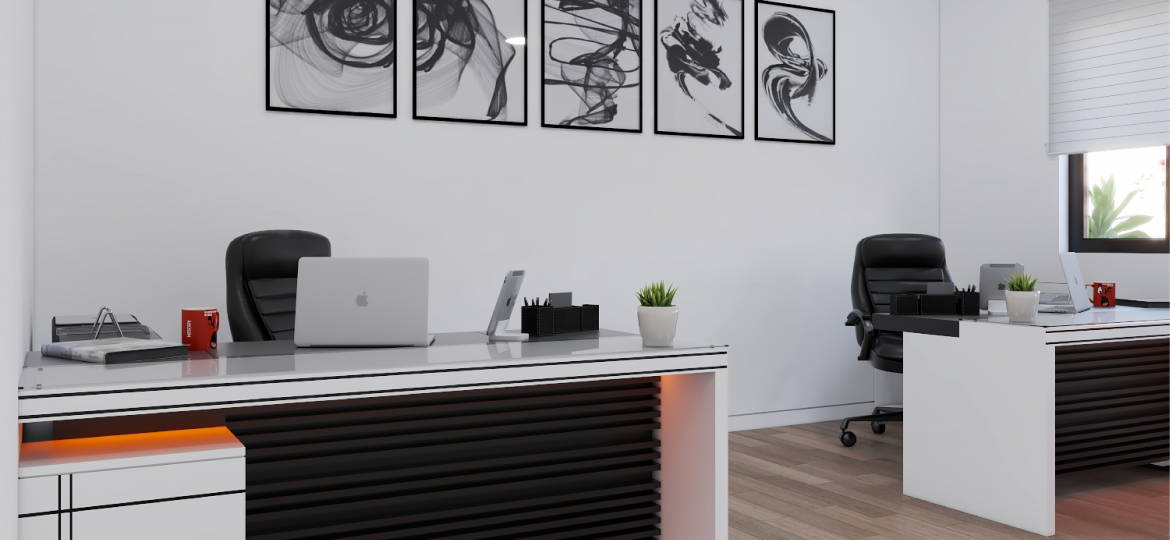
It is said that great ideas are born in the best environment. The workplace is dynamic and unpredictable changes can occur but we cannot separate the interrelationship between employee performance and the quality of their workspaces. The rise of a pandemic presented challenging situations, albeit providing an opportunity to patch loopholes and modify methods.
There is a need to rethink the design culture and create workspaces that not only beat aesthetics but encourage productivity. As architects, we have a role to play in determining the quality of work environment employees are exposed to, designing workspaces that encourage adaptation to recent events is our quota to improving the quality of work. So, what can we do about it?
Modify the old
Creating workspaces to help cope with the pandemic does not imply that we throw creativity out the door. In fact, this is where we let innovation thrive. What was done that shouldn’t be repeated and what do we have to improve? How do we help make the transition easy, in such a way that it feels like nothing has changed? These are the questions we need to ask ourselves when we design. Innovation and empathy aren’t so far apart and asking the right questions will bring us closer to proffering lasting solutions.
Create Appeal
Design is the soul of a space, it inspires the mood and attitude of users and determines the overall experience people have within the space. Therefore you want to incorporate a suave interior within the office environment. Adopt materials and textures which stand out within the environment. Stepping into the new work environment should instill hope and positivity. What revives the mind better than vibrant colors and art pieces, littered around the space to inspire creativity and spur appreciation?
Facilitate Team Building
Creating a functional workspace provides multiple venues for team nurturing, building, and facilitates collaboration by ensuring that the transition between the different spaces will be natural for its users, creating spaces that are suitable for both small and large teams, as well as incorporating agile sitting arrangements that will spur productivity, and enhance communication, will encourage an active work environment which is the aim of workspace design.
Handle the Virtual Situation
Organizations were forced to work virtually and most have welcomed the idea that efficient team meetings do not always have to be physical. Technology has driven design to a new dimension which works well in situations like this. Redesigning spaces to specifically suit this purpose or strategically infusing the required tools and gadgets into the office design while maintaining a natural look and feel would ensure a steady process. For instance, having a lounge space where one can comfortably hold virtual meetings would ease the pressure that otherwise comes from a rigid atmosphere.
Foster Flexibility
Companies have become complex, different organizations have their unique attributes, modes of operations, and corporate cultures. Designing a workspace should put into consideration, events which may warrant changes to the system. For instance, the need to switch to new technology or change work processes could arise. New workspaces can and should be designed to enhance adaptation to various working conditions.
Create a Balance
What if you could make work feel like home? Rigidity and design do not work well together. Acknowledging that humans make use of the space, lets you empathize with them. This propels you to create a balanced work environment that allows a smooth transition between work and home. Let every element of the workspace resonate with its users, remember the aim is to subtly inspire productivity rather than imposing a strain on their individual ability to perform.
Match the corporate identity
It is important that the identity and uniqueness of the brand are within the design. As much as we desire to reshape spaces, we must not forget that the brand’s identity gives essence to its overall attribute. Every space should reflect the values, nature, and culture of the brand. Therefore, it is necessary that you communicate with your client about the brand’s identity, and persona. If possible, spend in your client’s work environment to identify it’s peculiarities and get some inspiration for your design process.
Functional workspaces are aimed at improving the effectiveness of employees and supporting their ability to carry out their jobs. The first step to this is making preparations from the design process, putting into consideration the diversity of the work environment, and providing flexible solutions to help ease the roadblocks they may eventually encounter.
Let’s hear your views. What changes need to be made in today’s office interior design as a result of the pandemic?


